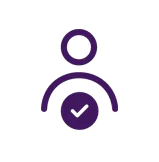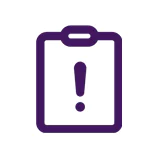Rail Safety and Compliance
Harnessing technology to enable safety and compliance across the rail network
Book a demo
Rail safety and compliance solutions
With over 20 years of experience, we understand the rail industry and its intricacies. Through our knowledge and passion for change, we have developed innovative technological solutions that tackle known and emerging rail challenges. Reasons to trust us for rail safety and compliance solutions include:
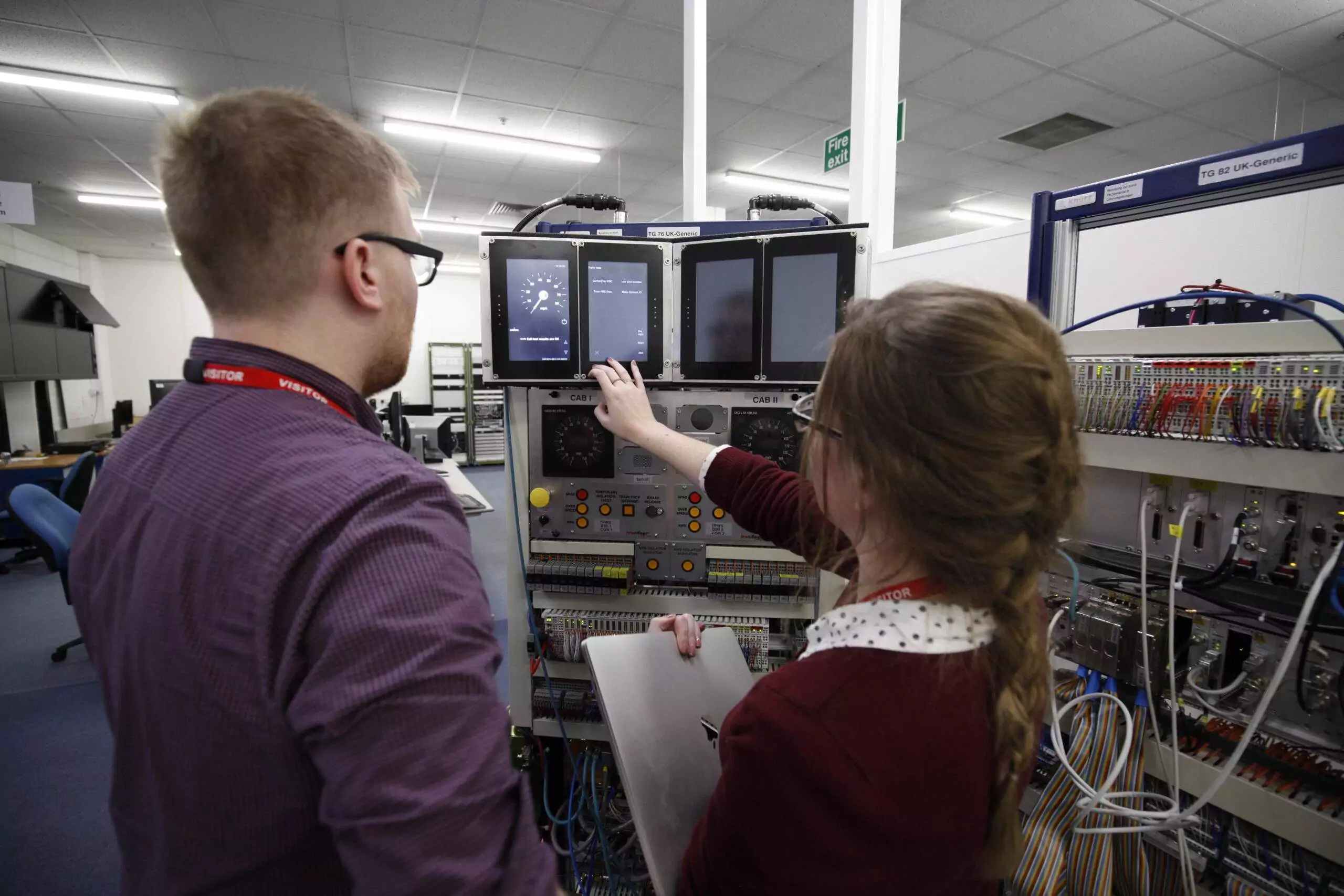
Expert guidance to the rail industry
Since the beginning of our journey, we have been providing the rail industry with expert guidance, insights, and digital software solutions to resolve some of our customers’ biggest challenges with rail safety and compliance.
Employee training, compliance, and competence
The core of this is ensuring network safety and supporting employee training, compliance, and competence. As it rightly should, this sits at the heart of the industry and impacts every decision or action that is made across the railway, and is mirrored in how we operate and the solutions we provide.
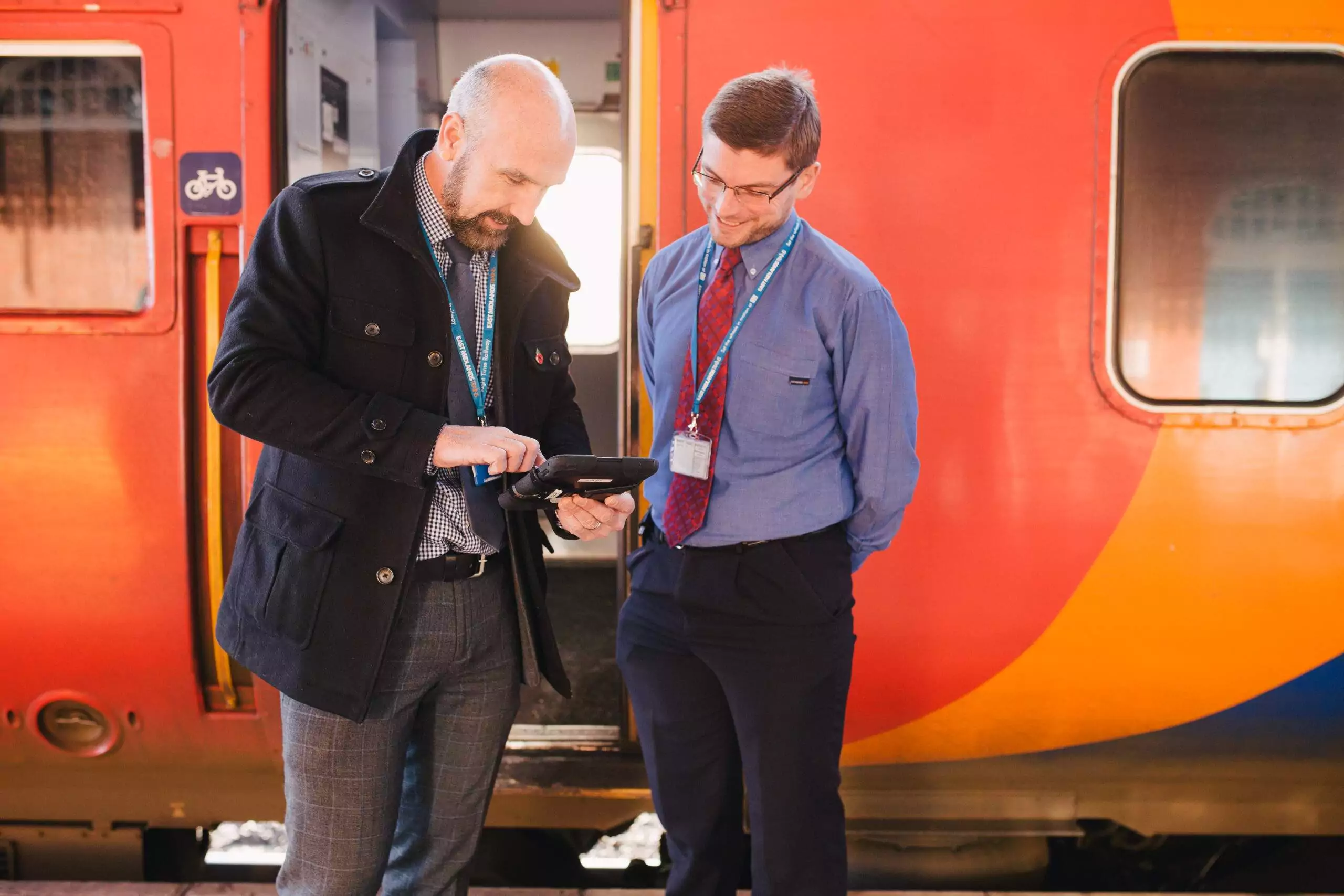
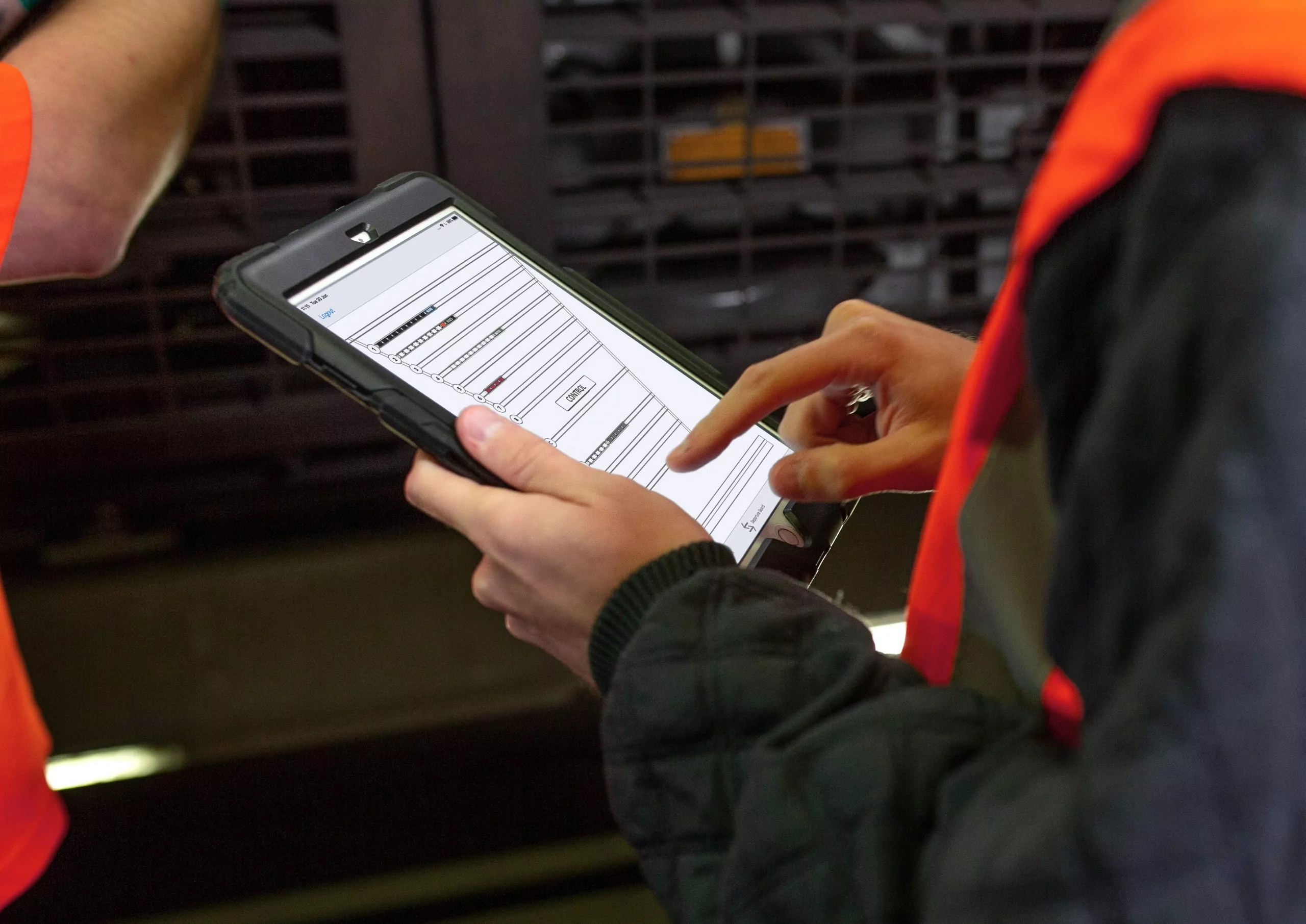
Technology designed to elevate your operations and safety
- Support the delivery of safe rail operations: Harness our technology to identify and mitigate risks and keep passengers and staff safe.
- Ensure compliance standards are met: We understand the intricacies of the industry and create reliable and trustworthy technological solutions that adhere to industry standards.
- Tried and trusted technology: Since our inception, we have worked with leading players from across the rail industry, from Network Rail to HS2. Our retained and new customer base has grown year-on-year, reaffirming our commitment to high-quality solutions, that our customers believe in.
- Improved accessibility: Our tools are ideal for remote locations with limited or no internet connectivity. Forms can be completed and stored offline on mobile devices; our mobile apps will then sync to upload information seamlessly to your company network when an internet connection is available.
Book a free demo
Request a product demonstration from our friendly team.
Rail Safety FAQs
Rail safety is of the utmost importance, with millions of people taking the train in the UK.
Trains are an incredibly efficient way to travel, but they do present lots of dangers to the public and staff if rules aren’t followed. Promoting rail safety should be the highest priority for everyone involved in the industry to ensure no avoidable accidents happen. It’s vital that safety procedures are in place and all rail compliance is followed to reduce the chances of any incidents.
Health and safety is a crucial part of the rail industry. Here are some tips to stay safe whether you are a passenger or working on a railway:
-
- Stand back from the edge of the platform. Always stay behind the yellow lines. Stations should make sure these yellow lines are clearly visible.
-
- Stay off the tracks. Never walk over train tracks, even if you can’t see a train approaching. The general public should only cross at official rail crossings when it is safe to do so.
-
- People working on railways should always look both ways when crossing tracks.
-
- Don’t try to cross tracks when a train is approaching, even if you think you can beat it. They are moving faster than you think!
-
- Never stop on railway lines, always leave plenty of room behind the car in front of you, and don’t drive onto the crossing until you are certain you can drive right across.
-
- If you break down on a railway crossing and your car will not start immediately, everyone should leave the car right away. You could try to push it off the tracks if there is time to do so safely, otherwise you should get at least 50 metres clear of the crossing. You should then inform the signalman using the track side emergency phone. If you can’t see one, call emergency services.
-
- It’s illegal to drive around barriers when they are down and is extremely dangerous.
-
- See something? Say something. You should always report anything suspicious on a train or railway tracks, whether it’s behaviour/activities or packages.
-
- When with small children at a train station or rail crossing, you should hold hands.

